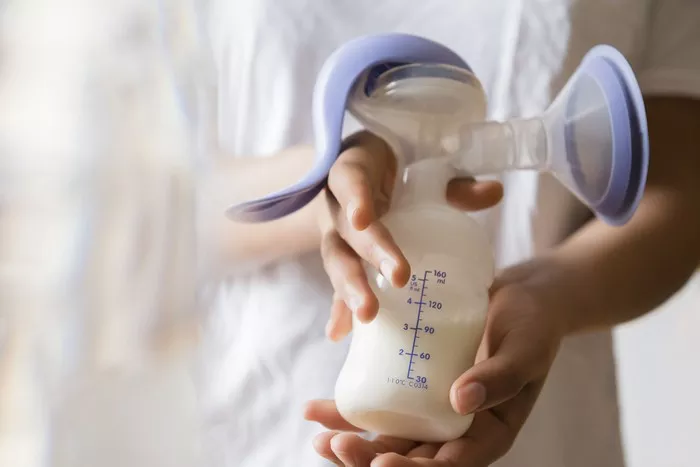Breast milk is a vital source of nutrition for infants. For mothers participating in the Women, Infants, and Children (WIC) program, knowing how to store breast milk safely is essential. Proper storage ensures that breast milk retains its nutritional value and is safe for your baby to consume. This article outlines the WIC guidelines for breast milk storage and offers helpful tips for parents.
Freshly Expressed Breast Milk
When you express breast milk, it is important to handle it properly. Freshly expressed breast milk can be stored in various ways. According to WIC guidelines, freshly pumped breast milk can be kept at room temperature for up to four hours. If the room temperature is above 77°F (25°C), it is best to refrigerate or freeze the milk sooner.
Refrigerating Breast Milk
For longer storage, refrigeration is an excellent option. WIC guidelines state that freshly expressed breast milk can be stored in the refrigerator for up to four days. It is crucial to keep the refrigerator temperature at or below 40°F (4°C) to ensure the milk stays fresh.
When storing breast milk in the fridge, use clean, sterilized containers. Glass or hard plastic containers with tight-fitting lids work best. If using plastic bags, choose those specifically designed for breast milk storage.
Freezing Breast Milk
Freezing is a great option for mothers who want to store breast milk for extended periods. According to WIC guidelines, breast milk can be frozen for up to six months in a regular freezer. If you use a deep freezer, breast milk can be stored for up to 12 months.
To freeze breast milk, use containers designed for this purpose. Always leave some space at the top of the container or bag. This allows for expansion as the milk freezes. Label each container with the date and time you expressed the milk. This practice helps you keep track of how long it has been stored.
Thawing Frozen Breast Milk
When you need to use frozen breast milk, it is essential to thaw it properly. WIC recommends several safe methods for thawing:
In the Refrigerator: The best way to thaw breast milk is to place it in the refrigerator overnight. This method keeps the milk at a safe temperature.
In Warm Water: If you need the milk sooner, you can place the sealed container in a bowl of warm water. Make sure the water is not boiling, as high temperatures can destroy some of the milk’s nutrients.
Under Running Water: Another quick method is to hold the container under warm running water until it thaws.
Never refreeze breast milk that has been thawed. If your baby does not consume the milk within 24 hours after thawing, discard any leftovers.
Safe Handling Practices
In addition to storage guidelines, safe handling practices are crucial. Always wash your hands thoroughly before expressing or handling breast milk. Use clean containers to avoid contamination.
Avoid touching the inside of the container or the lid after cleaning. This practice helps prevent germs from entering the milk.
Signs of Spoiled Milk
It is important to know the signs of spoiled breast milk. Breast milk may change in smell or color when it goes bad. If it smells sour or has a strange color, it is best to discard it. Fresh breast milk has a mild, sweet smell.
Trust your instincts. If you have any doubts about the quality of the milk, it’s better to err on the side of caution.
Traveling with Breast Milk
If you plan to travel with expressed breast milk, keep a few guidelines in mind. Use an insulated cooler with ice packs to keep the milk at a safe temperature. This method will help maintain the milk’s freshness while you’re on the go.
If traveling by plane, check the airline’s regulations regarding breast milk. Many airlines allow mothers to carry breast milk in reasonable quantities. You may need to inform security personnel at the airport about the milk.
See also: What Are The Benefits Of Breastfeeding By Month
Conclusion
Understanding and following WIC breast milk storage guidelines is crucial for ensuring that your baby receives the best nutrition possible. By following these guidelines, you can store breast milk safely, whether at home or on the go.
Always remember to keep track of storage times and practice safe handling techniques. By doing so, you can provide your baby with the many benefits of breast milk while ensuring their safety.
With these guidelines in hand, you can confidently store and use breast milk to support your baby’s health and development. Proper storage practices will help maintain the quality of breast milk, making it a nutritious choice for your little one.


